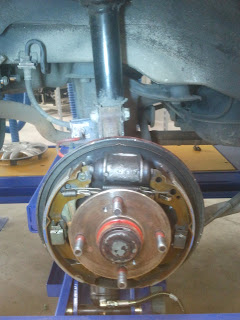Thoughts on "Business Responsibilities Towards
Customers Within the Automotive Industry".
I have read this booklet on
business responsibilities, and have done some research. A lot of my information is from stats.govt.nz
(I find it funny how there's a sub category on 'Asian peoples')
The introduction mentions that
there was a time where the 'buy beware' attitude was practiced by retailers and
service providers. It is great that we
live in such a civilized country where we have passed this phase and follow a
fair trading act.
Obviously in the bigger picture,
we do not have families with an average of 16 children, a working father and a
stay-at-home mother. There are many
factors that could have taken affect on this, but a major one would be how financially
stable people are these days. With two partners per family working on
average, this gives them more purchasing
power. As of September 2012, there
are currently 2.4M people who are employed. (Population of New Zealand 4.4M people)
Buyer demand is obviously increasing, with a current of two
vehicles per household on average, this plays a huge toll on small automotive
repairs and services workshops.
It also mentions extended trading hours being a key
factor in the development in consumerism.
With almost all workshops being open six days a week, it is now much
easier for people to get their vehicles serviced on their day offs.
Advertising and Media Development is actually getting a lot easier
these days. With technology increasing
it is now easy for businesses to create their targets and only send their
advertisements to them. For
example, I received an email from a
company selling castor wheels, because one of my blog posts contained the word
'castor'. Obviously with social networking
sites like Facebook, businesses can create free pages and expand their image
through mutual people. This is a
completely free way of advertisement and is highly effective. Facebook has
recently reached 1billion users.
Consumer behaviour patterns is mostly based on how much money the
customer has and how they are feeling.
If a consumer has more money, they have more power to spend it. This means that in the long run, if consumer
behaviour patterns tend to change within periods of thirty days, a business may
have a sale every thirty days at the period where it may be suited for
consumers to spend their money.
As an automotive tradesman, it is
important to have loyal customers that will come back. Even though it is essential for vehicles to
be services and eventually repaired, we need to consider our competition. one customer bad experience can lead to many
consumers creating an image on the company.
This is because people talk and 'bad news spreads like wild fire'.












